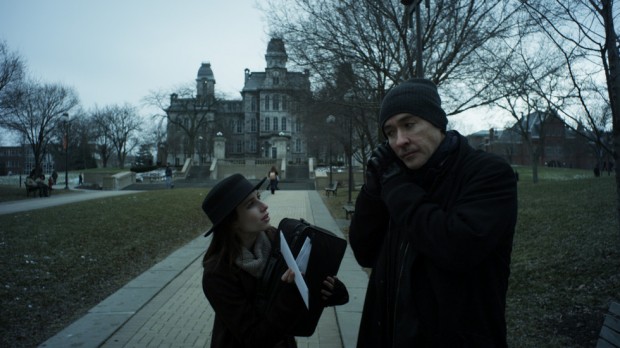
This year’s Tribeca Film Festival made an essential statement on where the festival is and where it is going. Initially springing up in Battery Park (which is sort of near Tribeca) in 2002, using the several waterfront venues including a Regal Cinemas across from Ground Zero, the festival grew rapidly by 2006 to include venues all over Manhattan (the festival’s reason: “9/11 happened to the whole city, not just Tribeca”). Throughout the years, the festival has gone through a phase of finding itself, becoming more (I hate to say it) celebrity-driven than ever this year. So, over a decade since its inception, where is Tribeca’s place in the festival world?
I’d argue it’s been adequately-sized to the point that it’s probably time for the festival to start growing. Our friends at Film School Rejects asked the question, “does Tribeca need an iconic theater to solidify it’s identity?” I’d argue Tribeca, at the very least, needs higher capacity venues. Then again, space is most certainly a problem in Manhattan. A vast majority of screenings at Tribeca’s core venues (especially on the weekend) went on “rush” early, including Adult World, which proved to be a festival hit, packing the house for the festival’s normally quite last Sunday night at 10:00PM.
Much larger, Toronto International Film Festival has an iconic theatre at the heart of the festival, The Bell Lightbox. The festival’s very own year-around palace of cinema and education, the Lightbox is situated near festival venues Roy Thompson Hall and Cineplex Scotiabank. Tribeca’s very own theater, the tiny Tribeca Cinemas by the Holland Tunnel, is more or less a private venue, used briefly on the final day of the festival this year.
SXSW, in the same peer class as Tribeca I’d argue, has high capacity venues in The Paramount and the Vimeo Theater at the ACC, along with the Topher this year. As Tribeca has the Tribeca PAC and a handful of multiplex screens (ranging in capacity from 125-600 seats), I’d say its time for bigger theaters to come online — surely the demand is there for the right picture. Sundance, like SXSW, mixes in high capacity venues and festival center, including multiplex screens, with satellite venues geared towards including local audiences. Tribeca attempted the same idea, having limited programming in the Rockaways this year.
Tribeca is still growing and finding itself, which is a fair assessment and perhaps representative of the realities of a festival in New York City. They also do not have the backing of major government programs the way Toronto and several European festivals do.
I have admired Tribeca’s community commitment since year one, including the family fun days and outdoor waterfront screenings. However, this year I wished for bigger and better venues for the public screenings. The Clearview Chelsea is quite good, and with Clearview’s recent sale to Bow Tie Cinemas, the firm has promised improvements to make the theater the flagship of its chain, while the AMC Loews Village 7 always feels claustrophobic, even late on a weekday night when you’re having a private show (normally in one of the theaters all the way upstairs).
The other suggestion I’d make is improving the energy of its midnight program. I was delighted by the insanity of Fresh Meat director Danny Mulheron, who, in the middle of his Q & A, told the programmer he looked like a “fat Bobby DeNiro.” Tribeca has always lacked the cult atmosphere of TIFF, where every night as the festival day concludes, folks make their way down to the 1200 seat Ryerson for “Midnight Madness.” It’s the only midnight show in town and ring leader Colin Geddes has cultivated (emphasis on the cult) an audience of hardcore cinephiles ready for whatever he dishes. The festival advertises it as “where shockin’ meets rockin’,” with a distinct party atmosphere. I attended a few Tribeca midnight shows and the energy level of the audience was non-existent.
The reason to attend a festival is the energy; if AMC, Regal, Cinemark, Carmike, Cineplex, etc. could harness the energy and excitement of a film festival and integrate the passion of a great experience into their daily operations, they will triumph (Alamo Drafthouse is currently winning that race). Tribeca, the time to grow and become more awesome is now. You’re entering your teen years, a period where we learn an awful lot about ourselves. With a seasoned management team that’s second to none, I imagine Tribeca will continue to showcase worthwhile new indie film from established talent, but I wish it would take a little more risk going forward. I understand the business case for showing a crappy Brooklyn based indie star-driven movie like A Case of You, but this is also the festival that introduced me to Amir Naderi (Sound Barrier) and Mark Street (Rockaway), two directors and two films that refuse to compromise and play by the rules.
Check out our rundown of our complete coverage from this year’s festival, starting with the the best films.
Adult World (Scott Coffey)
Adult World is a likeable, boarding on loveable, comedy staring Emma Roberts as Amy, a recent college graduate with a degree in poetry. Not exactly a lucrative degree, she finds herself $90,000 in debt, living at home with her parents whom she asks for “Stamp Money” to send out her work to literary reviews. Letting her down easily, her parents tell her it’s time for a job and after hunting, she sees a sign and it brings to Adult World, a mom-and-pop porn and sex toy shop in downtown Syracuse. Read our full review.
Big Joy: The Adventures of James Broughton (Stephen Silha and Eric Slade)
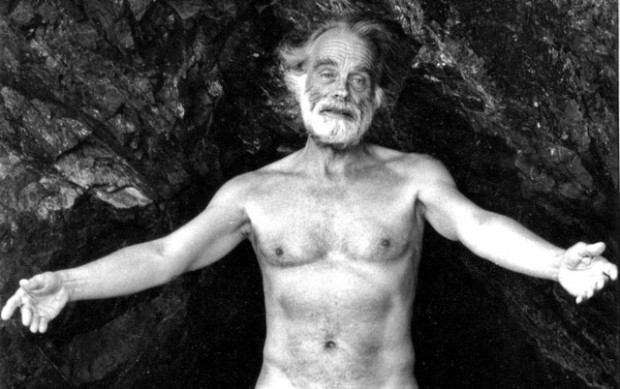
The Tribeca Film Festival continues its legacy of programming work about experimental film with Big Joy: The Adventures of James Broughton, an insightful documentary about the liberation, career and evolution of the prominent San Francisco-based experimental filmmaker. His story is perhaps less known than that of Stan Brakhage, Maya Deren, Michael Snow, or Jonas Mekas. Big Joy we later learn is an apt nick-name for everything Broughton would embrace, that is until he stumbles back in the closet and gets married at the suggestion of a collaborator, Brakhage. Wasting away in the suburbs following The Bed (a heterosexual romp) he later finds its liberation with a man 30-years his junior, filmmaker Joel Singer. It is this later period, once Broughton again “comes out” following a slow period of creativity, that his work returns to “joy.” Read our full review.
A Birder’s Guide to Everything (Rob Meyer)
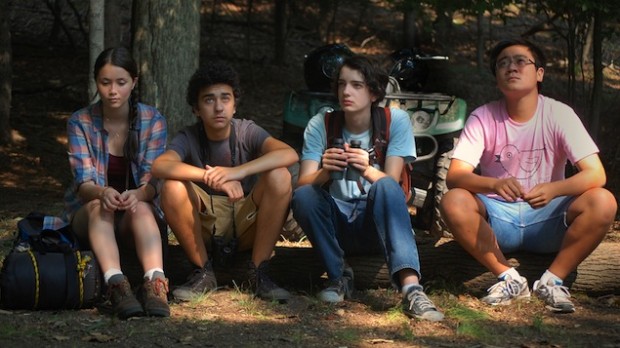
A Birder’s Guide to Everything is fun cinematic comfort food, deserving of a mainstream audience. I have a feeling its target demographic will eventually find it and love it. The film balances its tone, mixing light comedy with darker material, especially as David (Kodi Smit-McPhee) bonds with Ellen (Katie Chang), the only female in the expedition. She’s tired of being the “new girl” raised in a military family that continually moves around the world. David and Ellen share several touching moments in the third act, as the story resolves some of the tension between father and son, friends, and the general anxiety felt by teenagers of a certain age. Here’s a film that knows that and has a good deal of warm fun along the way. Read our full review.
The Kill Team (Dan Krauss)
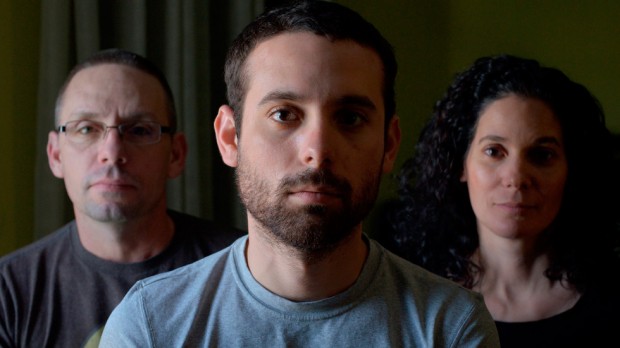
The Kill Team’s subject is brutal enough to warrant discussion in the first place, onscreen or off: in late 2009 / early 2010, a group of U.S. soldiers stationed in Afghanistan formed what the media would, later, call a “kill team,” the term denoting those who treated innocent Afghani civilians as creatures to be hunted with ease and, more importantly, minus any true consequences. Dan Krauss speaks to most of this small assemblage — save for the party’s coordinator, a figure whose lack of input only comes to obscure some central truth even further — but is not present himself, supplanting the role of interrogator with he who presents the reality of what, as we learn, words will never convey to the full extent of honesty. Read our full review.
Let The Fire Burn (Jason Osder)
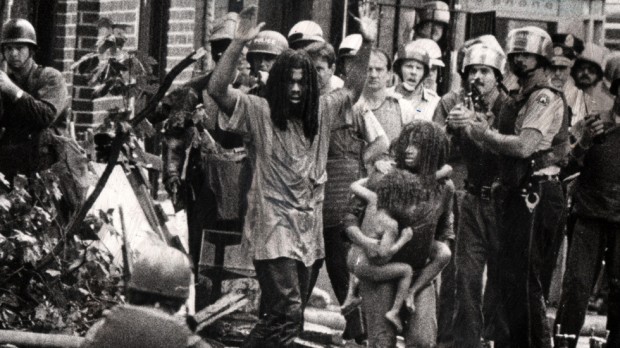
The year is 1985. The extremist African-American liberation group MOVE has headquartered itself in a West Philadelphia house in a densely populated neighborhood on Osage Ave, a neighborhood that would be burned to the ground by the Philadelphia Police Department. Let the Fire Burn is a fascinating new documentary by Jason Osder using only found footage, telling this amazing story through taped depositions, news reports and the public access-broadcast footage of a commission to understand what happened on Osage Ave. Read our full review.
Michael H. Profession: Director (Yves Montmayeur)
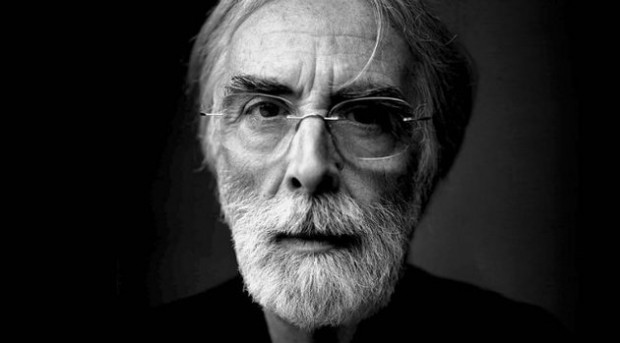
It was no doubt a daunting task for French director Yves Montmayeur to tackle one of cinema’s most enigmatic and controversial filmmakers, Austrian born Michael Haneke. Over the past several decades, Haneke has distinguished himself as a looming and often times cynical figure in contemporary cinema, a modern day auteur with a rough edged aesthetic that reflects back the confusing brutality and violence in our society. Famously known for being tight lipped about his thematic intentions and generally never directly discussing his own work, Haneke has long been considered a shadowy presence in the landscape of brilliant filmmakers. For the first time ever, aside from an occasional DVD special feature, the curtain has been pulled back behind one of cinema’s most fascinating personalities and reveals the detailed process behind his incredibly powerful work. Michael H. Profession Director is an intriguing examination into the inner workings of a complex mind, that also proves to be the most comprehensive companion piece for any ardent Haneke fans. Read our full review.
Mistaken for Strangers (Tom Berninger)
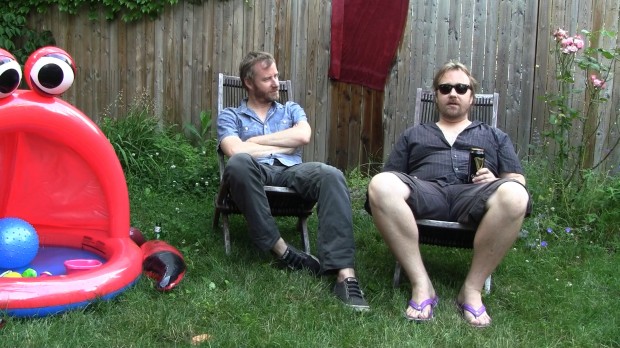
For fans and newcomers alike, Mistaken For Strangers is a raw, unembellished look at not only one of music’s rising bands, but of the creative process in general. Exemplified in early footage of their humble beginnings (with concerts sometimes not featuring a single audience member), Tom Berninger harnesses in on the theme of growth and the long road it takes to achieve something substantial — whether you are a now-famous musical act or siblings that have formed a renewed bond. Read our full review.
Oxyana (Sean Dunne)

Oxyana paints a fascinating portrait of Oceana, a town where there isn’t much to do apart from a few local strip malls and chain restaurants. The film establishes the space and landscape, almost as if to say, “this is anywhere” — and perhaps this tragedy can happen anywhere. Told in first person interviews with many facing the effects of addiction, some are currently addicts and others, such as the town dentist, are coming to terms with the problems, while others are the family or lovers to addicts. It’s a cautionary tale and also an indictment of the medical industrial complex including “Pain Management Centers,” which produces and empowers addicts to continue to abuse. Read our full review.
Powerless (Fahad Mustafa & Deepti Kakkar)
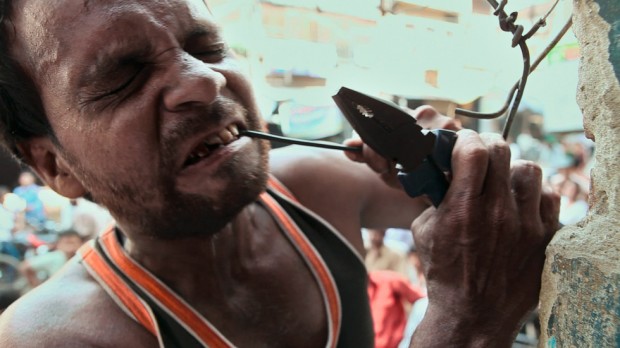
Powerless is a successful documentary, engaging in the assessment of an issue for which there is no easy answer and no viable method of enforcement. Alive and spirited with an excellent narrative structure, it does not offer a solution, only the reality of this catch-22: KESCO has no funding to acquire energy for distribution, supply becomes scarce driving up the cost, especially during the summer. The amateur electricians function almost like the cable guy who, on the side, can deactivate a switch so you can watch premium channels for free, and while they are certainly not 100% of the problem, they are vital part of the story. Read our full review.
Run & Jump (Steph Green)

Steph Green’s Run & Jump is a film that will grow on you, slowly and subtly absorbing you into its world. With an observant structure, we are the third wheel in a tested marriage, following an American therapist, Ted (Will Forte), who arrives in Ireland to document the recovery of Conor (Edward Macliam), a family man who’s suffered a stroke. Maxine Peake, in a strong and nuanced performance, plays Conor’s wife Vanetia, balancing her duties to her husband and children. Read our full review.
The Rest:
Lenny Cooke (B+)
Bottled Up (B)
How to Make Money Selling Drugs (B)
The Pretty One (B)
Sunlight Jr. (B)
Trust Me (B)
Almost Christmas (B-)
Richard Pryor: Omit the Logic (B-)
Frankenstein’s Army (C+)
Lil Bub & Friendz (C+)
Bridegroom (C)
Teenage (C)
A Case of You (D+)
Deep Powder (D+)
Interviews:
Will Forte Discusses His Dramatic Debut in the Tribeca Hit Run & Jump
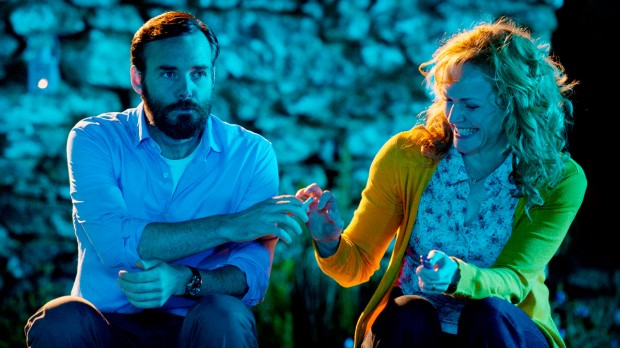
Yves Montmayeur On His Michael Haneke Documentary, Meeting the Director, His Favorite Film & More
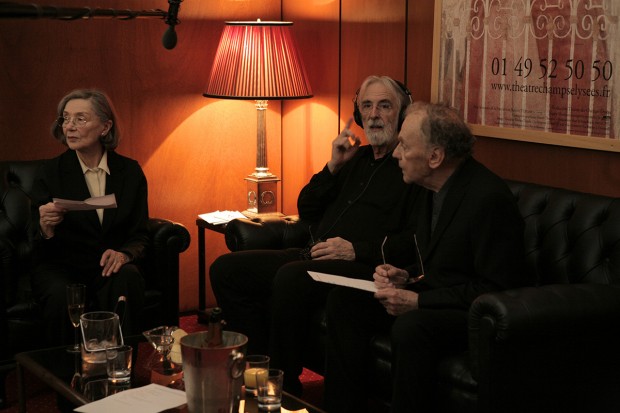
Bottled Up Director Enid Zentelis Talks Perfect Endings, Criticism & More
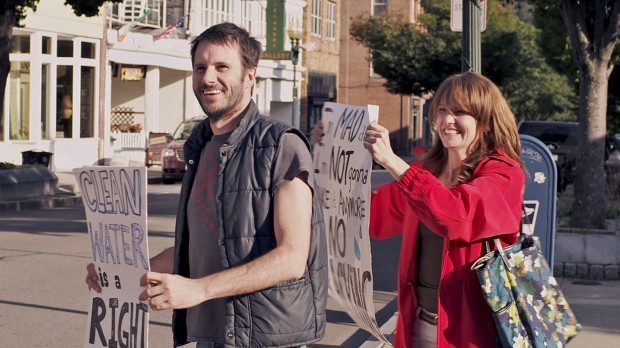
Zoe Bell Talks Raze, Passion Projects, Action Editing and the Importance of Stunt Doubles
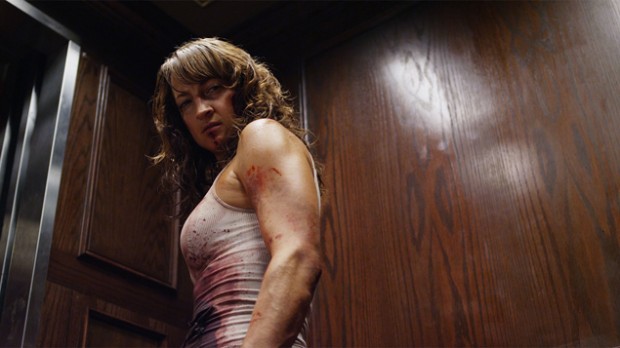
What were your favorite films from the festival? What do you hope to see? How could Tribeca improve?


